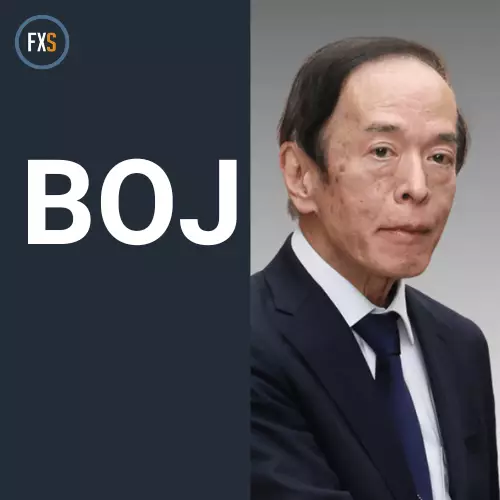The Bank of Japan (BoJ) is poised to keep its policy rate steady in the coming months, a decision that may surprise some observers in the landscape of global monetary policy shifts. This consistent approach reflects the BoJ’s enduring commitment to an accommodative monetary stance, which aims to support domestic economic growth in a recovering post-pandemic environment. Investors should take note of this stability, as it may create both opportunities and challenges in the financial markets.
As investors prepare for the bank’s next moves, the focus will inevitably gravitate towards understanding the future trajectory of interest rates. With inflation rates showing signs of mild upticks, the market’s anticipation for any adjustments or shifts in the BoJ’s strategy is palpable. The unwavering stance of the BoJ signals to investors that while caution is warranted, there is also a window for strategic investment decisions that leverage the current low-rate environment.
Governor Kazuo Ueda has been an outspoken figure in articulating the BoJ’s position against global trends toward interest rate hikes. His recent hawkish discourse has underscored the importance of maintaining economic stability while balancing inflationary pressures. Ueda’s inclination to uphold a firm yet flexible monetary policy framework suggests that any future decisions will be methodical and data-driven, impelling investors to remain vigilant regarding economic indicators that may prompt eventual changes in the monetary landscape.
The Japanese economy, while recovering, still grapples with challenges such as demographic decline and sluggish consumer spending. As the world watches policymakers navigate these complexities, the BoJ’s steadfastness may seem paradoxical. However, this is an indication of the bank’s resolve to prioritize long-term stability over immediate reactions to economic fluctuations. This can foster an environment conducive to sustainable growth, although it may also necessitate patience on the part of investors awaiting significant returns.
In light of the BoJ’s current policy outlook and the consistent messaging from its leadership, investors are encouraged to think critically about their positions. While the absence of rate changes may signal a risk-averse environment, savvy investors should explore sectors that benefit from prolonged low interest rates. Moreover, monitoring global economic developments and regional fiscal policies will be critical for making informed investment decisions as they may impact Japanese markets indirectly.
Overall, while the Bank of Japan’s commitment to maintaining its unchanged policy rate may feel limiting, it opens pathways for calculated strategies within the evolving economic landscape. Embracing a forward-thinking approach can equip investors to navigate the intricacies of Japan’s financial terrain effectively.


Leave a Reply